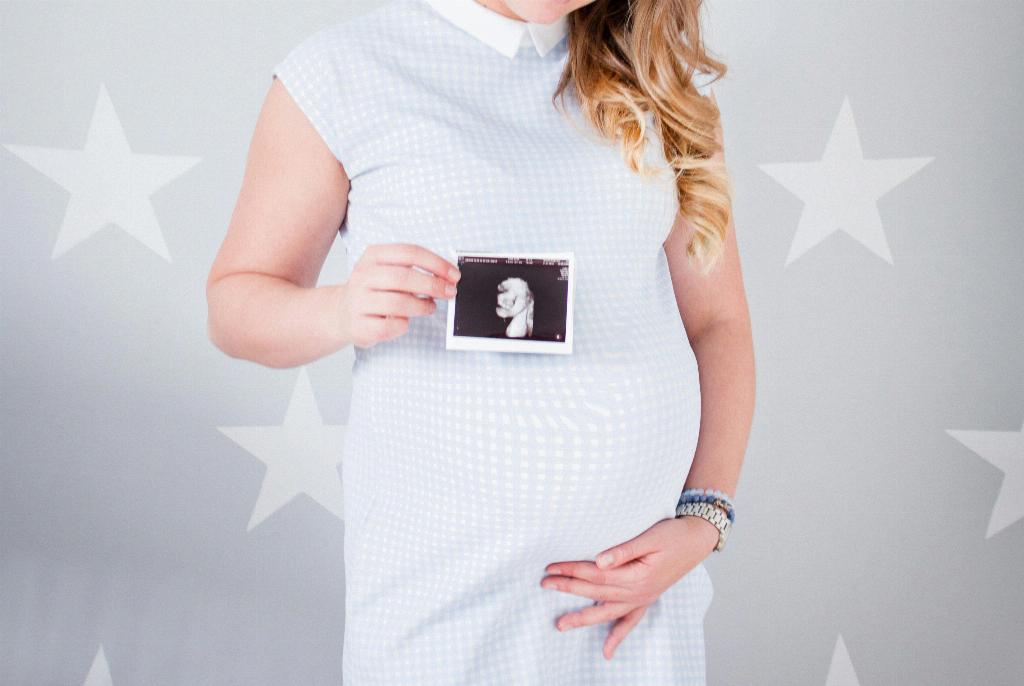During pregnancy, the growth of the belly is a natural and beautiful part of the journey of carrying a child. The expansion of the belly is primarily due to the growth and development of the baby inside the womb. As the baby grows, so does the uterus to accommodate the increasing size of the fetus.
Significant Milestones in Belly Growth
By the end of the second trimester, typically around 28 weeks into the pregnancy, the baby bump may measure approximately 28 centimeters, which is approximately 11 inches. This measurement is often estimated through fundal height assessments, where the doctor measures the distance from the pubic bone to the top of the uterus.
Braxton Hicks Contractions and Belly Changes
As the pregnancy progresses, particularly early in the third trimester, some individuals may start to experience Braxton Hicks contractions. These contractions are considered practice contractions that help the body prepare for labor by working the uterine muscles and building strength in the abdominal area.
Factors Influencing Belly Growth
Several factors can influence the extent of belly growth during pregnancy. These factors include the size and position of the baby, the number of pregnancies the individual has had, the strength and tone of the abdominal muscles, and the overall health and fitness level of the mother.
Unique Experiences of Belly Growth
Every pregnancy is unique, and the rate and extent of belly growth can vary from person to person. Some individuals may experience more significant growth earlier in pregnancy, while others may have a slower and steadier increase in belly size throughout the trimesters.
Embracing the Changes in Belly Size
It is essential for expectant mothers to embrace the changes in their belly size during pregnancy as a symbol of the miracle of life growing inside them. The expansion of the belly is a physical reminder of the incredible journey of nurturing a new life and should be celebrated and cherished.
Monitoring Belly Growth
Healthcare providers closely monitor belly growth throughout pregnancy to ensure that the baby is developing properly and the pregnancy is progressing as expected. Regular prenatal check-ups often include measurements of fundal height to track the growth of the uterus and the baby.
Nurturing the Belly and Body
During pregnancy, it is crucial for mothers to take care of their bodies, including their growing bellies. Eating a balanced diet, staying hydrated, getting regular exercise (as approved by a healthcare provider), and practicing self-care can contribute to overall well-being during pregnancy.
Preparing for Labor and Delivery
The changes in belly size during pregnancy are all leading up to the momentous event of labor and delivery. As the due date approaches, the body undergoes various physical changes to prepare for childbirth, including the gradual dilation of the cervix and the positioning of the baby for birth.
Postpartum Recovery and Belly Changes
After giving birth, the belly undergoes further changes as the uterus contracts back to its pre-pregnancy size. This process, known as involution, can take several weeks to months, during which the belly gradually reduces in size as the body heals and adjusts postpartum.
Celebrating the Journey of Pregnancy
In conclusion, the growth of the belly during pregnancy is a natural and dynamic process that symbolizes the incredible journey of bringing new life into the world. Embracing the changes in belly size, nurturing the body, and preparing for the arrival of the baby are essential aspects of the pregnancy experience that should be honored and celebrated.

